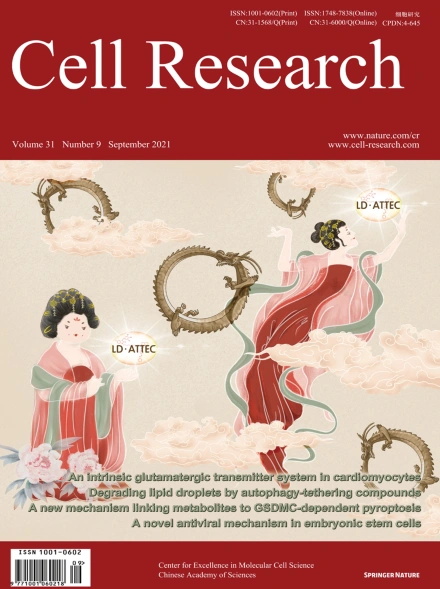
Advanced Search
Submit Manuscript
Advanced Search
Submit Manuscript
Volume 31, No 9, Sep 2021
ISSN: 1001-0602
EISSN: 1748-7838 2018
impact factor 17.848*
(Clarivate Analytics, 2019)
Volume 31 Issue 9, September 2021: 1036-1038
Structural basis for recognition of anti-migraine drug lasmiditan by the serotonin receptor 5-HT1F–G protein complex
Sijie Huang1,2,3,† , Peiyu Xu1,2,† , Yangxia Tan1,2,† , Chongzhao You1,2 , Yumu Zhang1,2,3 , Yi Jiang1,2,* , H. Eric Xu1,2,3,*
1The CAS Key Laboratory of Receptor Research, Shanghai Institute of Materia Medica, Chinese Academy of Sciences, Shanghai, ChinaDear Editor,
The serotonin 5-HT1 receptor subtypes, including 5-HT1A, 5-HT1B, 5-HT1D, 5-HT1E, and 5-HT1F, are G protein-coupled receptors (GPCRs) that respond to the endogenous neurotransmitter serotonin and couple preferentially to the Gi/o family of G proteins.1 Drugs targeting 5-HT1 receptors are used to treat migraine, depression, and schizophrenia.2 Clinical use of traditional anti-migraine drugs, triptans, caused side effects arising from therapeutic vasoconstrictive actions when targeting 5-HT1B/1D receptors.3 The requirement of new anti-migraine drugs without vasoconstrictive effects led to the development of lasmiditan, a highly selective 5-HT1F receptor agonist with minimized on-target side effects.4
https://doi.org/10.1038/s41422-021-00527-4